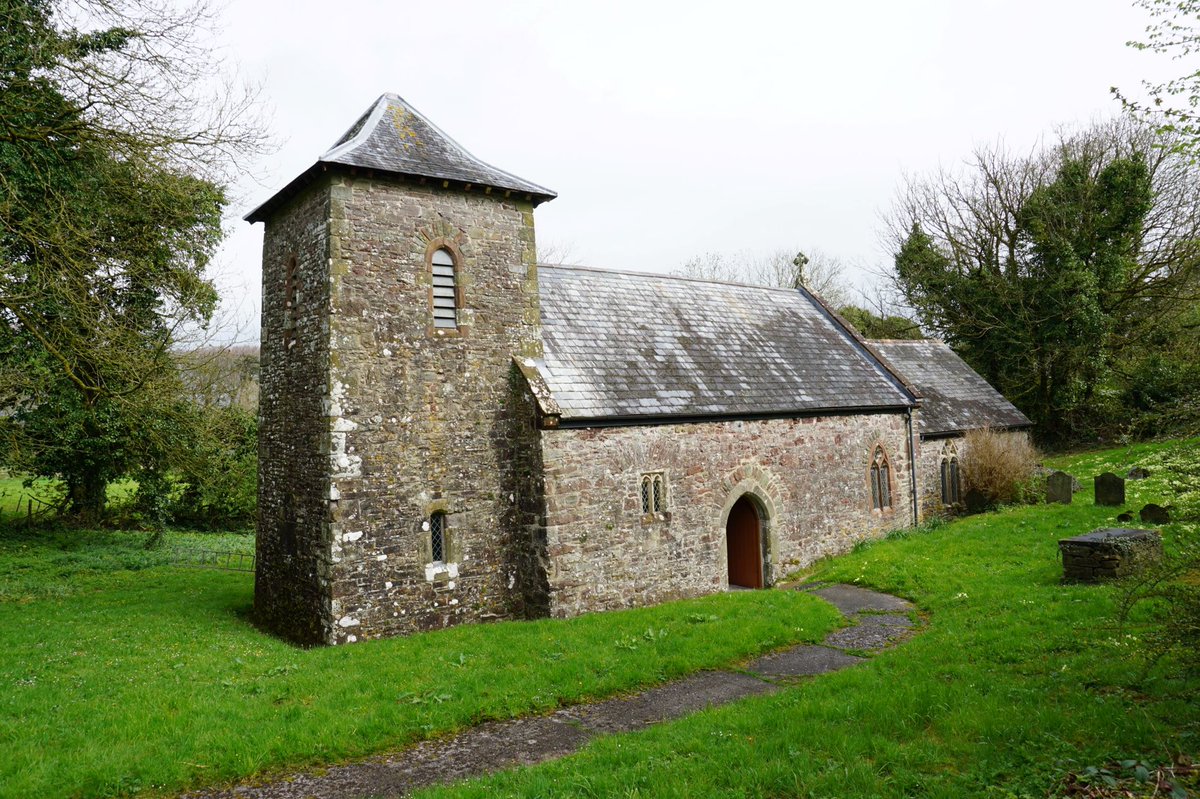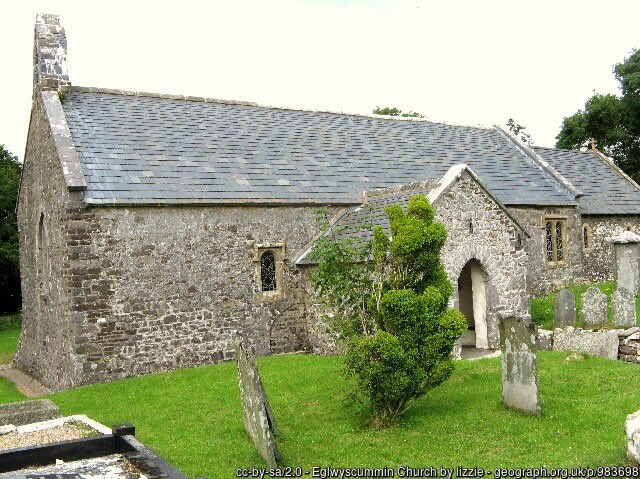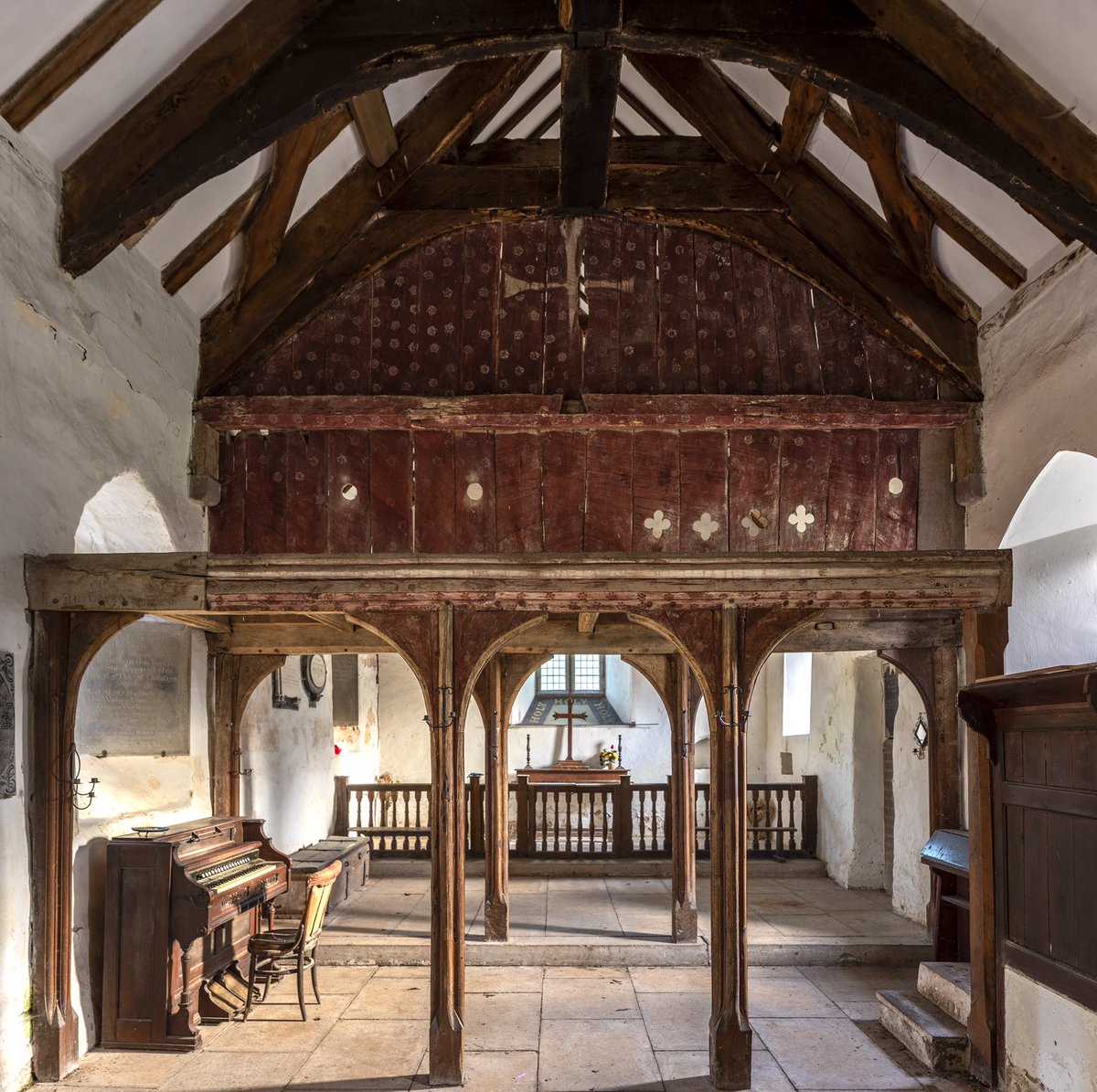
In 14th century Europe, young noblewomen often had just two life choices —
marriage vows or religious vows.
But at Llandawke in Carmarthenshire, knight's daughter Margaret Marloes had the opportunity to walk a different path.
A thread for #WomensHistoryMonth
marriage vows or religious vows.
But at Llandawke in Carmarthenshire, knight's daughter Margaret Marloes had the opportunity to walk a different path.
A thread for #WomensHistoryMonth

Margaret's uncle — Sir Guy de Bryenne, Lord Marcher of Laugharne — was wealthy but also devout. He founded St Martin's in Laugharne (pictured), now the burial place of Dylan Thomas.
And at Llandawke, Sir Guy built a small chapel for his niece, where she founded a beguinage ...
And at Llandawke, Sir Guy built a small chapel for his niece, where she founded a beguinage ...

That's a community of women who wanted to live a religious life but not to withdraw from the world.
The beguines lived, worked, worshipped and prayed together in the seclusion of this peaceful and leafy dell, but they weren't nuns, and they had freedom of movement.
The beguines lived, worked, worshipped and prayed together in the seclusion of this peaceful and leafy dell, but they weren't nuns, and they had freedom of movement.

As the head of this unusual sacred community, Margaret Marloes was revered for her holiness, and after her death she was locally acclaimed as a saint.
Her uncle built another church four miles from Llandawke, which he dedicated to her: St Margaret Marloes', Eglwyscummin.
Her uncle built another church four miles from Llandawke, which he dedicated to her: St Margaret Marloes', Eglwyscummin.

Margaret Marloes' chapel at Llandawke — the centre of her religious community — became St Oudoceus's, and is now in our care.
A worn and broken effigy of Margaret in flowing robes lies in the church. In her hands she clasps her own heart.
A worn and broken effigy of Margaret in flowing robes lies in the church. In her hands she clasps her own heart.

In 'The Sacred Life of St Margaret Marloes', our trustee Dr John Morgan-Guy tells Margaret's story and explores the symbolism and legends connected with her battered effigy.
#WomenOfFriendlessChurches
bit.ly/3pEbVpT
#WomenOfFriendlessChurches
bit.ly/3pEbVpT
• • •
Missing some Tweet in this thread? You can try to
force a refresh





















